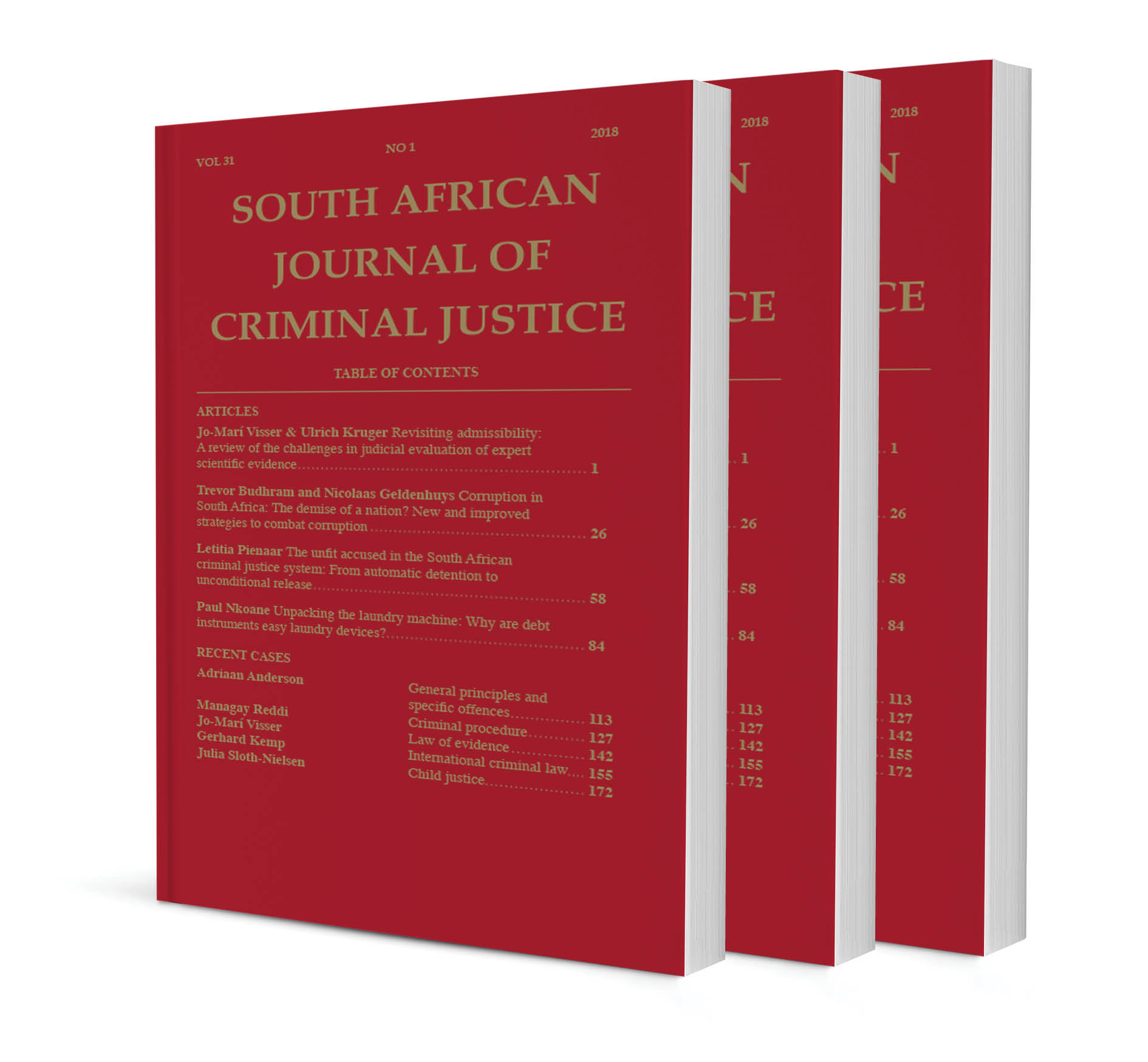Quantification of damages for unlawful arrest and detention: South Africa, Namibia and Eswatini/Swaziland (3)

Quantification of damages for unlawful arrest and detention: South Africa, Namibia and Eswatini/Swaziland (3)
Author: Chuks Okpaluba
ISSN: 1996-2118
Affiliations: LLB, LLM (London), PhD (West Indies), Research Fellow, Centre for Human Rights, University of the Free State
Source: South African Journal of Criminal Justice, Volume 34 Issue 2, p. 169 – 190
https://doi.org/10.47348/SACJ/v34/i2a1
Abstract
Having concentrated in the last two parts on the South African jurisprudence on quantification of damages for unlawful arrest and detention wherein a wealth of decided cases were encountered dealing with both the liability question and the quantification exercise, it is the preserve of this third part to discuss the developments in Namibia and Eswatini (Swaziland). Among the cases that stand out for discussion in the Namibian jurisdiction are: Gabriel v Minister of Safety and Security 2010 (2) NR 648 (HC); Iyambo v Minister of Safety and Security 2013 (2) NR 562 (HC); Sheefeni v Council of the Municipality of Windhoek 2015 (4) NR 1170 (HC) and Lazarus v Government of the Republic of Namibia 2018 (1) NR 38 (HC). Similarly, the most important cases from the Eswatini jurisdiction include Mfanafuthi Mabuza v Commissioner of Police (39/06) [2006] SZSC 25 (16 November 2006), which concerned detention classified in the Swazi criminal law as a ‘non-bailable offence’. The other two are Zulu v Government of Swaziland (656/2004) [2016] SZHC 99 (24 June 2016) and Myeni v COP (3064/2007) [2017] SZHC 259 (14 December 2017) where extensive deliberations on quantification and awards were made on different heads of damage.